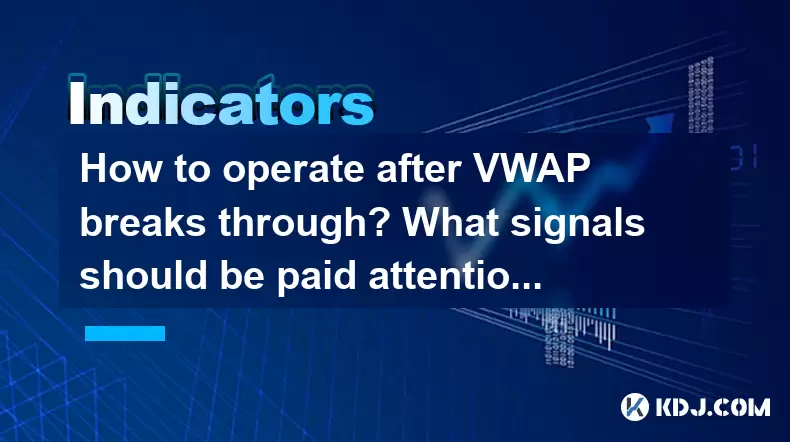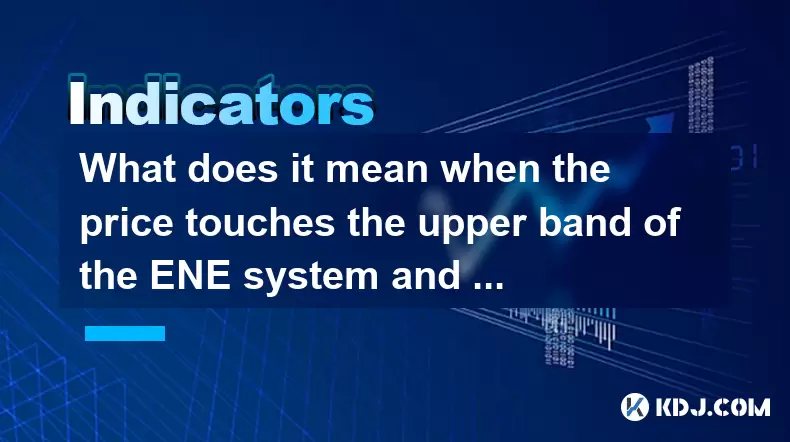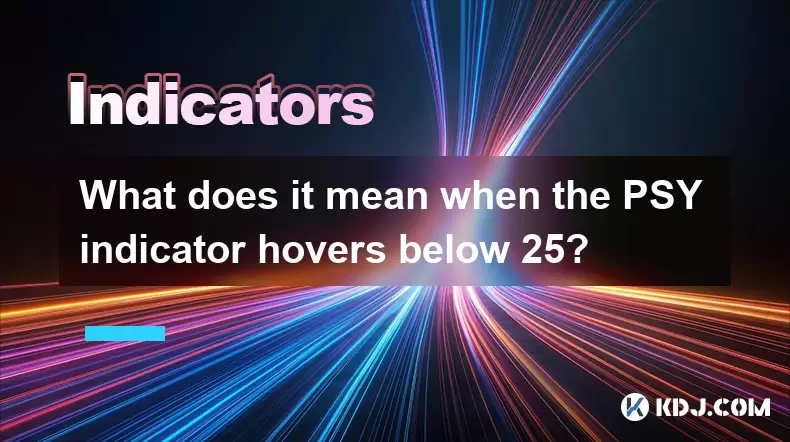-
 Bitcoin
Bitcoin $116700
0.48% -
 Ethereum
Ethereum $4213
6.27% -
 XRP
XRP $3.280
1.22% -
 Tether USDt
Tether USDt $1.000
0.02% -
 BNB
BNB $805.1
2.46% -
 Solana
Solana $180.2
2.65% -
 USDC
USDC $0.0000
0.02% -
 Dogecoin
Dogecoin $0.2412
8.50% -
 TRON
TRON $0.3356
-1.11% -
 Cardano
Cardano $0.8108
3.59% -
 Hyperliquid
Hyperliquid $43.89
8.53% -
 Chainlink
Chainlink $21.15
10.75% -
 Stellar
Stellar $0.4502
1.41% -
 Sui
Sui $3.935
4.69% -
 Bitcoin Cash
Bitcoin Cash $570.7
-1.75% -
 Hedera
Hedera $0.2636
3.28% -
 Avalanche
Avalanche $24.25
4.48% -
 Ethena USDe
Ethena USDe $1.001
0.03% -
 Litecoin
Litecoin $122.0
-0.08% -
 Toncoin
Toncoin $3.445
2.68% -
 UNUS SED LEO
UNUS SED LEO $8.979
-0.08% -
 Shiba Inu
Shiba Inu $0.00001379
6.73% -
 Uniswap
Uniswap $10.91
2.00% -
 Polkadot
Polkadot $4.106
5.39% -
 Dai
Dai $1.000
0.02% -
 Pepe
Pepe $0.00001227
9.07% -
 Bitget Token
Bitget Token $4.507
0.72% -
 Cronos
Cronos $0.1576
3.40% -
 Monero
Monero $272.0
-1.68% -
 Ethena
Ethena $0.7502
21.27%
How to operate after VWAP breaks through? What signals should be paid attention to during a callback?
After a VWAP breakthrough, monitor callbacks for volume, price action at VWAP, and use RSI and MACD for trend confirmation to optimize trading decisions.
Jun 03, 2025 at 12:56 pm

Understanding VWAP and Its Breakthrough
The Volume Weighted Average Price (VWAP) is a crucial trading benchmark used by investors to gauge the average price at which a cryptocurrency has traded throughout the day, weighted by volume. When a cryptocurrency's price breaks through the VWAP, it can signal significant market movements. A breakthrough above the VWAP suggests that the buying pressure is strong and the price may continue to rise, while a breakthrough below the VWAP indicates strong selling pressure and potential for further decline.
To operate effectively after a VWAP breakthrough, traders need to understand the context of the breakthrough. If the price breaks above the VWAP, it may be an opportune time to consider entering long positions. Conversely, if the price breaks below the VWAP, short positions could be considered. However, it is essential to look for additional confirmation signals to validate the breakthrough.
Signals to Watch During a Callback
After a VWAP breakthrough, the price often experiences a callback or a retracement to the VWAP level. This callback can provide critical insights into the strength of the trend. Here are some key signals to pay attention to during a callback:
Volume Analysis: If the volume during the callback remains high, it may indicate strong interest and potential for the trend to continue. Conversely, low volume during a callback could suggest a lack of conviction and a possible trend reversal.
Price Action at VWAP: The behavior of the price at the VWAP level during the callback is crucial. If the price quickly bounces off the VWAP and continues in the direction of the initial breakthrough, it reinforces the strength of the trend. However, if the price struggles to break away from the VWAP or breaks through it in the opposite direction, it may signal a weakening trend.
Moving Averages: Monitoring shorter-term moving averages (such as the 20-period or 50-period moving average) in relation to the VWAP can provide additional insights. If the price remains above both the VWAP and these moving averages during a callback, it suggests a robust bullish trend. Similarly, if the price stays below both the VWAP and moving averages, it indicates a strong bearish trend.
Candlestick Patterns: Certain candlestick patterns, such as doji or hammer patterns, can provide clues about potential reversals or continuations. A bullish candlestick pattern forming at the VWAP during a callback can signal a potential continuation of the upward trend, while a bearish pattern may indicate a reversal.
Operating After a VWAP Breakthrough
When a VWAP breakthrough occurs, traders should follow a structured approach to maximize their chances of success. Here are the steps to consider:
Confirm the Breakthrough: Before taking any action, ensure that the breakthrough is genuine. Look for a clear and sustained move above or below the VWAP, accompanied by significant volume.
Assess Market Context: Consider the broader market conditions, including other technical indicators and fundamental factors. A breakthrough in a strong bullish market may have different implications than one in a bearish market.
Set Entry Points: Based on the confirmation and market context, determine your entry points. For a bullish breakthrough, consider entering a long position as the price pulls back to the VWAP. For a bearish breakthrough, consider entering a short position as the price rallies back to the VWAP.
Define Risk Management: Set clear stop-loss levels to manage risk. For long positions, place the stop-loss below the VWAP or recent swing lows. For short positions, set the stop-loss above the VWAP or recent swing highs.
Monitor the Callback: Once in a position, closely monitor the price action during the callback. Use the signals mentioned earlier to gauge the strength of the trend and adjust your strategy accordingly.
Utilizing Technical Indicators
In addition to the VWAP, traders can use other technical indicators to enhance their analysis and decision-making process. Some useful indicators include:
Relative Strength Index (RSI): The RSI can help identify overbought or oversold conditions. If the RSI is above 70 during a bullish breakthrough, it may suggest that the price is overextended and a callback is likely. Conversely, an RSI below 30 during a bearish breakthrough could indicate an oversold condition and potential for a bounce.
Bollinger Bands: Bollinger Bands can provide insights into volatility and potential price reversals. If the price breaks through the upper Bollinger Band after a bullish VWAP breakthrough, it may indicate strong momentum. Conversely, a break below the lower Bollinger Band after a bearish breakthrough could signal continued downward pressure.
MACD (Moving Average Convergence Divergence): The MACD can help confirm trend strength and potential reversals. A bullish crossover of the MACD line above the signal line during a bullish VWAP breakthrough can reinforce the positive trend. Similarly, a bearish crossover during a bearish breakthrough can confirm the negative trend.
Practical Example of VWAP Breakthrough and Callback
To illustrate how to operate after a VWAP breakthrough and what signals to watch during a callback, consider the following example:
Bullish Breakthrough: Suppose Bitcoin (BTC) breaks above its VWAP at $50,000 with significant volume. A trader confirms this breakthrough and decides to enter a long position as the price pulls back to the VWAP at $49,800.
Callback Analysis: During the callback, the trader observes that the volume remains high, suggesting strong buying interest. The price quickly bounces off the VWAP and continues to rise, indicating a robust bullish trend. Additionally, the RSI is at 65, suggesting that the price is not yet overbought, and the MACD shows a bullish crossover, further confirming the positive trend.
Trade Management: The trader sets a stop-loss at $49,500, just below the VWAP, to manage risk. As the price continues to rise, the trader monitors the callback signals and adjusts the stop-loss to lock in profits. If the price breaks through the upper Bollinger Band, the trader may consider taking partial profits while leaving the remaining position open for further gains.
Frequently Asked Questions
Q: How can I differentiate between a genuine VWAP breakthrough and a false one?
A: To differentiate between a genuine and false VWAP breakthrough, look for sustained price movement above or below the VWAP, accompanied by significant volume. A false breakthrough often lacks volume and quickly reverses back to the VWAP. Additionally, consider the broader market context and use other technical indicators to confirm the breakthrough.
Q: What are some common mistakes traders make when operating after a VWAP breakthrough?
A: Common mistakes include entering positions without confirming the breakthrough, ignoring volume during callbacks, and not setting proper risk management measures. Traders may also fail to consider the broader market context and rely solely on the VWAP without using other technical indicators to validate their decisions.
Q: Can VWAP be used effectively in all market conditions?
A: While VWAP is a versatile tool, its effectiveness can vary depending on market conditions. In highly volatile markets, VWAP may be less reliable due to rapid price movements. In trending markets, VWAP can be particularly useful for identifying entry and exit points. It is essential to adapt your strategy based on the current market environment and use VWAP in conjunction with other indicators for the best results.
Q: How often should I monitor the VWAP and related signals?
A: The frequency of monitoring VWAP and related signals depends on your trading style and time frame. For day traders, constant monitoring throughout the trading day is necessary to capture short-term opportunities. Swing traders may check the VWAP and related signals at key intervals, such as at the open and close of trading sessions. Long-term investors might monitor these signals less frequently, focusing on weekly or monthly trends.
Disclaimer:info@kdj.com
The information provided is not trading advice. kdj.com does not assume any responsibility for any investments made based on the information provided in this article. Cryptocurrencies are highly volatile and it is highly recommended that you invest with caution after thorough research!
If you believe that the content used on this website infringes your copyright, please contact us immediately (info@kdj.com) and we will delete it promptly.
- Trump, Crypto Vehicle, and WLFI Tokens: A New York Minute on the Latest Buzz
- 2025-08-10 00:30:12
- Wheat Penny Fortune: Unearthing Valuable Coins in Your Pocket Change
- 2025-08-10 00:35:19
- AI Coin Mania: Dubai Millionaires Eye 20x Gains!
- 2025-08-09 23:10:12
- ChatGPT's Hot Takes: Meme Coins to Buy Now for a Wild 2025!
- 2025-08-09 23:10:12
- Jurassic Park Vibes in Your Pocket: The Colourful Canadian Coin Featuring a Dinosaur Eye
- 2025-08-09 23:50:12
- Altcoins on the Radar: VeChain, Ethereum, and the Shifting Crypto Landscape
- 2025-08-09 23:50:12
Related knowledge

What does it mean when the price is trading above the SAR indicator but the red dots are densely packed?
Aug 09,2025 at 11:49pm
Understanding the SAR Indicator and Its Visual SignalsThe SAR (Parabolic Stop and Reverse) indicator is a technical analysis tool used primarily to de...

What does it mean when the MACD histogram continues to shorten but the price reaches a new high?
Aug 09,2025 at 09:29pm
Understanding the MACD Histogram and Its ComponentsThe MACD (Moving Average Convergence Divergence) indicator is a widely used technical analysis tool...

What does it mean when the Triple Moving Average (TRIX) turns downward but the price doesn't fall?
Aug 09,2025 at 12:42pm
Understanding the Triple Moving Average (TRIX) IndicatorThe Triple Moving Average, commonly known as TRIX, is a momentum oscillator designed to filter...

What does it mean when the price touches the upper band of the ENE system and then falls back?
Aug 10,2025 at 12:42am
Understanding the ENE Indicator StructureThe ENE (Envelope) indicator is a technical analysis tool used in cryptocurrency trading to identify potentia...

What does it mean when the Williams' oscillator repeatedly hits bottoms but fails to rebound?
Aug 09,2025 at 09:28am
Understanding the Williams %R OscillatorThe Williams %R oscillator, developed by Larry Williams, is a momentum indicator used in technical analysis to...

What does it mean when the PSY indicator hovers below 25?
Aug 10,2025 at 01:14am
Understanding the PSY Indicator in Cryptocurrency TradingThe PSY indicator, also known as the Psychological Line indicator, is a momentum oscillator u...

What does it mean when the price is trading above the SAR indicator but the red dots are densely packed?
Aug 09,2025 at 11:49pm
Understanding the SAR Indicator and Its Visual SignalsThe SAR (Parabolic Stop and Reverse) indicator is a technical analysis tool used primarily to de...

What does it mean when the MACD histogram continues to shorten but the price reaches a new high?
Aug 09,2025 at 09:29pm
Understanding the MACD Histogram and Its ComponentsThe MACD (Moving Average Convergence Divergence) indicator is a widely used technical analysis tool...

What does it mean when the Triple Moving Average (TRIX) turns downward but the price doesn't fall?
Aug 09,2025 at 12:42pm
Understanding the Triple Moving Average (TRIX) IndicatorThe Triple Moving Average, commonly known as TRIX, is a momentum oscillator designed to filter...

What does it mean when the price touches the upper band of the ENE system and then falls back?
Aug 10,2025 at 12:42am
Understanding the ENE Indicator StructureThe ENE (Envelope) indicator is a technical analysis tool used in cryptocurrency trading to identify potentia...

What does it mean when the Williams' oscillator repeatedly hits bottoms but fails to rebound?
Aug 09,2025 at 09:28am
Understanding the Williams %R OscillatorThe Williams %R oscillator, developed by Larry Williams, is a momentum indicator used in technical analysis to...

What does it mean when the PSY indicator hovers below 25?
Aug 10,2025 at 01:14am
Understanding the PSY Indicator in Cryptocurrency TradingThe PSY indicator, also known as the Psychological Line indicator, is a momentum oscillator u...
See all articles

























































































